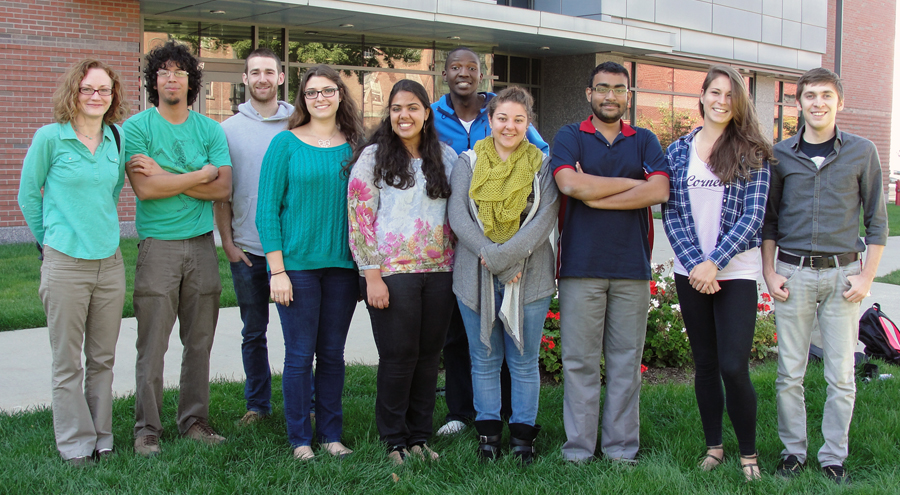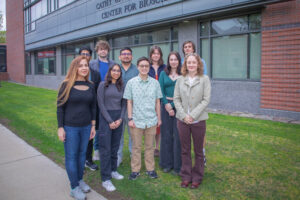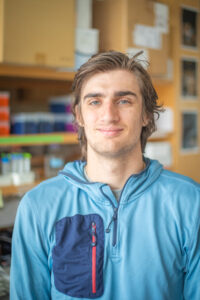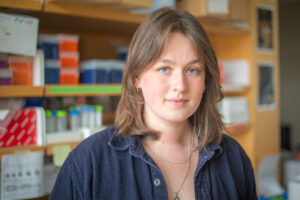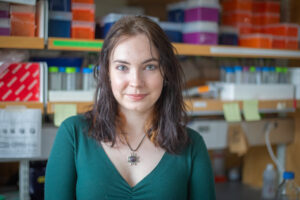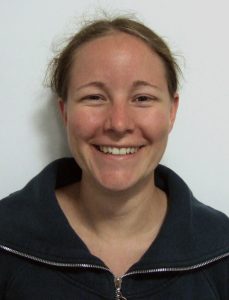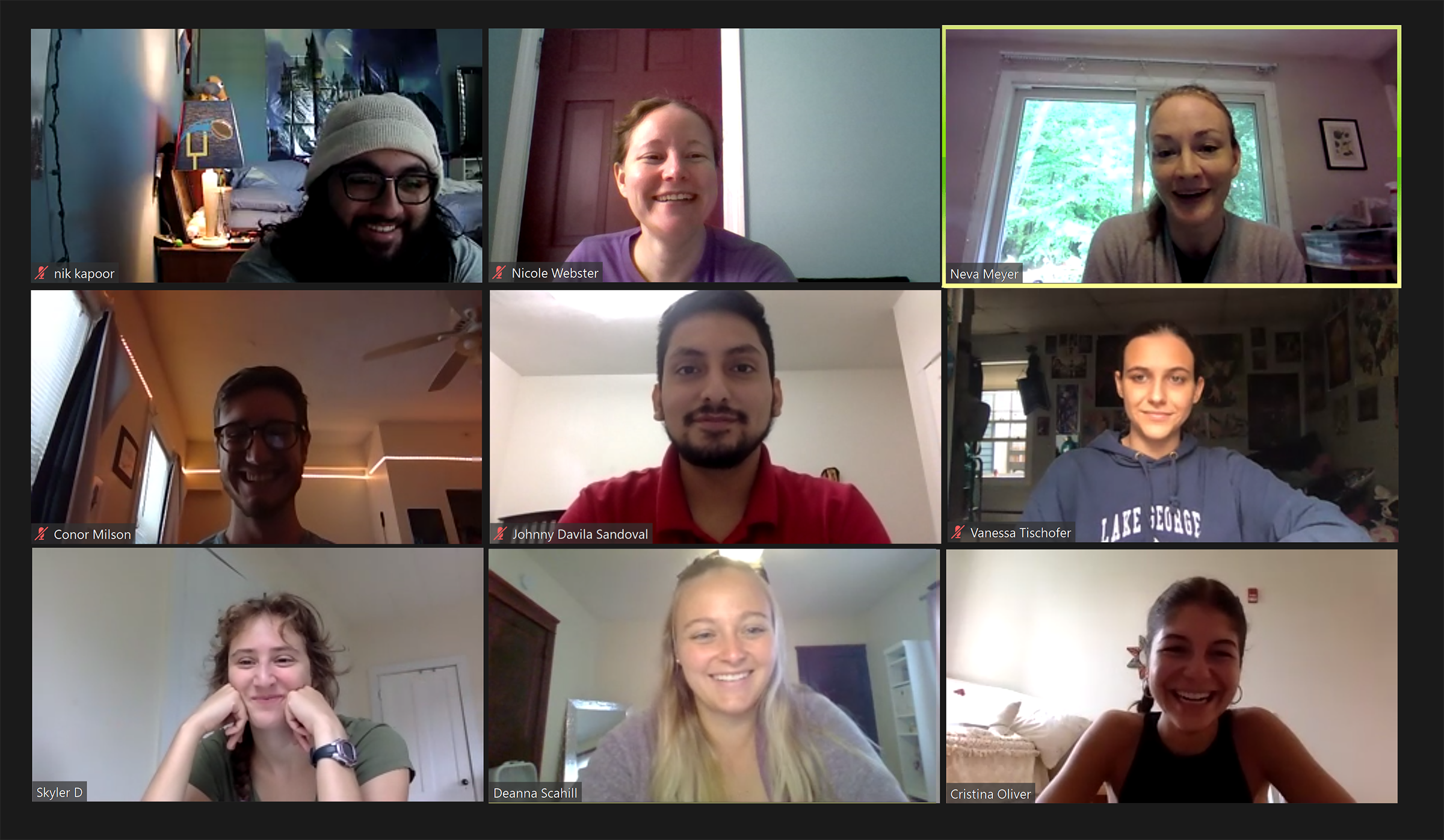Current Lab Members
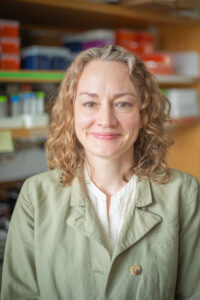
Néva earned a Ph.D. from the University of Washington by examining how different types of neurons develop in the chick spinal cord, which was funded by an HHMI predoctoral fellowship. She also was involved in the Science Education Partnership, which integrates science into the community through outreach activities. As a result of her graduate studies, Néva became interested in the broader question of how nervous systems evolved. She began to address this question as a postdoctoral researcher in Dr. Elaine Seaver’s lab at Kewalo Marine Lab, University of Hawaii and is continuing this research at Clark University.
Dr. Meyer received a B.S. in Molecular Biology from Purdue University in 1998 and a Ph.D. in Molecular and Cellular Biology from the University of Washington in 2005.
Johnny Davila-Sandoval – PhD candidate
- Research project: Neural fate specification in Capitella teleta.
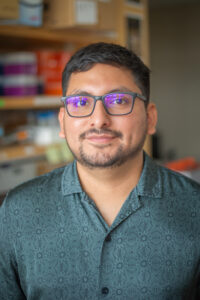
Behnoush Rafiei Nia– PhD student
- Research project: Role of Notch/delta signaling during neurogenesis in C. teleta.
Matt O’Connell-Vale– Master’s Student
- Research project: Neurosecretory centers and CLARITY in C. teleta.
Krishna Gajjar– Undergraduate Student
- Research project: Role of canonical Wnt signaling during neurogenesis in C. teleta.
Henry Fitzpatrick– Undergraduate Student
- Research project: Assessing the effects CRISPR/Cas9-mediated knock-out of neurogenin in C. teleta.
Milo Hortsch-Kearney– Undergraduate Student
- Research project: Assessing the role of Spiralian-specific homeobox genes during early cleavage and cell fate specification in C. teleta embryos.
Pulkit Arora– Undergraduate Student
Meyer Lab Alumni
Tessa Allan – Master’s student (spring 2024)
- Current role: Research assistant at Massachusetts General Hospital and Harvard Medical School.
Tatiana Schmid – Master’s student (spring 2024)
- Current role: Research assistant at Harvard Medical School.
Nicole Webster – Postdoc (summer 2022)
- Current role: Assistant Professor at the University of Saskatchewan
Skyler Duda – Master’s student (summer 2020)
Ashley Renfro – Master’s student (summer 2020)
Abhinav Sur – PhD student (spring 2020)
- Current role: Postdoctoral fellow at National Institute of Child Health and Human Development (NICHD).

Allan Carrillo-Baltodano – PhD student (spring 2019)
- Current role: Postdoctoral fellow at Queen Mary University of London with Chema Martin-Duran (https://www.martinduranlab.com/)
Simona Tolchin – Master’s student (fall 2018)
Christie Joyce – Master’s student (fall 2017)
Michele Corbet – Master’s student (fall 2016)
Matthew Brandt – PhD Student
Previous Undergraduate Researchers
Eric Tillotson (1/12–5/13), Stephanie Aldrich (1/12–5/13), Simona Tolchin (1/12–5/13), Michele Corbet (1/12–5/14), Thomas Spaulding (9/12–12/12), Beatriz Kaippert (9/12–5/13), Maria Paredes (1/13–5/13), Bonghinkosi Vilakati (1/13–5/13, 8/14–10/14), Rebecca Friedman (6/13–5/14), Lauren Koppel (6/13–5/14), Nicholas Rovnak (9/13–5/14), Sarah Dys(9/13–5/15), Christie Joyce (6/14–5/16), Sarah Clay (8/14–5/14), Justin Woods (1/14–5/14), Iva Hoxha (5/15–5/17), Kristi Sarro (6/15–8/15), Samuel Peluso (9/15–5/16), Amiel Jaggernauth (1/16–5/18), Ashley Renfro (6/16–5/19), Ann Kim (5/17–5/18), Jenna Libera (5/17–5/18), Anson O’Connor (6/18–5/19), Deanna Scahill (1/19–5/19, 9/19–present), Isabella Teixeira (1/19–5/20), Conor Milson (6/19–5/21), Sophia Kaplan (6/19–5/20), Skyler Duda (9/19–5/20), Cristi Oliver (9/19–5/22), Nik Kapoor (9/20–12/21), Vanessa Tischofer (9/20–5/22), Ryan Swanke (1/21–5/22), Saúl Grijalva (1/21–5/22), Tessa Allan (1/21–5/23), Matt O’Connell-Vale(1/22–5/24).
